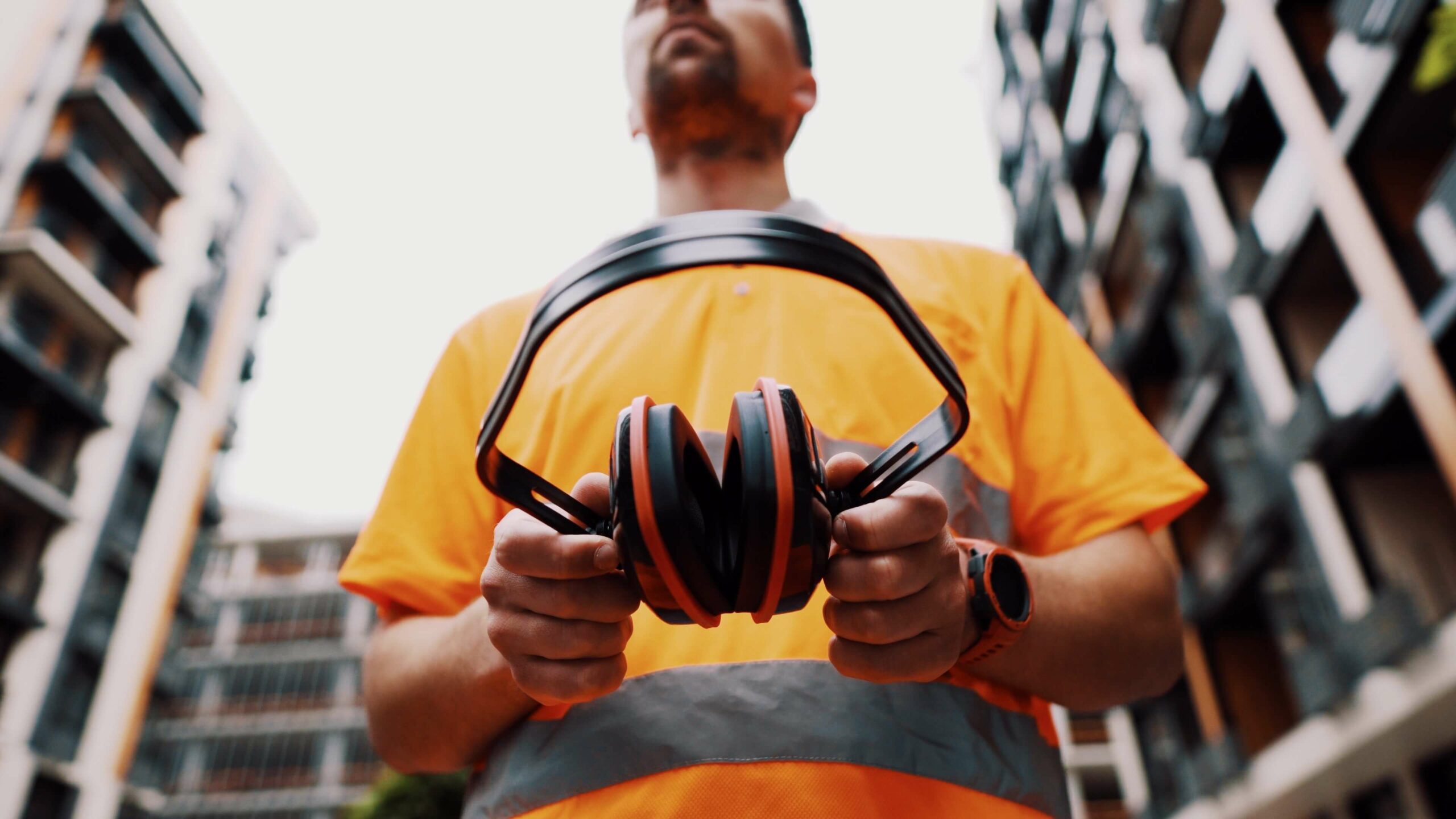
Hearing loss is a silent but pervasive concern that affects millions of individuals worldwide. While genetics, aging, and recreational noise exposure play a significant role in hearing loss, certain occupations can dramatically heighten the risk.
Occupations with Heightened Risk of Hearing Loss
Construction Workers:
The cacophony of heavy machinery, power tools, and construction sites exposes workers to high-intensity noise levels. Despite safety regulations, many construction workers experience noise-induced hearing loss. Proper ear protection is crucial in this field.
Factory Workers:
Manufacturing plants are often loud environments due to the operation of heavy machinery and production equipment. Factory workers are at risk of developing hearing loss over time, especially if they do not use hearing protection.
Musicians:
While it may seem counterintuitive, musicians frequently experience hearing loss. The repeated exposure to loud music during rehearsals and performances can harm their hearing. Musicians should use custom-fit earplugs to preserve their hearing without compromising musical quality.
Military Personnel:
Servicemen and women are exposed to loud explosions, gunfire, and aircraft noise. It’s no surprise that military personnel have a high risk of noise-induced hearing loss. Hearing protection and regular hearing assessments are essential for them.
Firefighters:
Sirens, alarms, and the roar of flames put firefighters at risk of hearing damage. Modern firefighting equipment includes communication systems with integrated hearing protection to help mitigate this risk.
Farmers:
Farming involves heavy machinery, such as tractors and combines, which generate high noise levels. Prolonged exposure to these sounds can result in hearing loss. Ear protection should be a staple for farmers.
The Importance of Early Detection
The key to effective hearing loss management is early detection. Regular hearing screenings, especially for individuals in high-risk occupations, can help identify problems before they become debilitating. Audiologists employ various tests, including pure-tone audiometry and speech audiometry, to assess hearing abilities comprehensively.
For individuals in high-risk professions, it is imperative to prioritize hearing health and seek professional evaluation at the earliest sign of trouble. In some cases, hearing loss can progress slowly, and individuals may not realize the extent of their impairment until it significantly affects their quality of life. Early detection allows for prompt intervention and can prevent further damage.
Advancements in Hearing Loss Prevention and Management
Custom Hearing Protection:
In recent years, there have been significant advancements in custom hearing protection devices. Musicians, for instance, can now get personalized earplugs that preserve the clarity of sound while reducing harmful noise levels.
Hearing Aid Technology:
Hearing aids have come a long way in terms of technology and design. Many modern hearing aids are discreet, adaptable, and equipped with advanced features like noise reduction, Bluetooth connectivity, and smartphone apps for customization.
Cochlear Implants:
For individuals with severe hearing loss or profound deafness, cochlear implants have been a game-changer. These devices directly stimulate the auditory nerve, restoring the ability to hear and understand speech.
Noise-Canceling Technologies:
Noise-canceling headphones and earbuds are not just for entertainment; they also play a role in hearing protection. By actively canceling out external noise, they can help individuals in noisy environments reduce their exposure to harmful sounds.
Potential Futuristic Interventions
While we are not quite there yet, ongoing research holds promise for futuristic interventions in hearing loss prevention and management. Some exciting areas of exploration include:
Gene Therapy:
Researchers are investigating the possibility of using gene therapy to repair damaged hair cells in the inner ear. This could potentially restore hearing in individuals with certain types of hearing loss.
Drug Therapies:
Pharmaceutical companies are developing drugs that may protect the inner ear from noise-induced damage or promote the regeneration of hair cells. These drugs could revolutionize the way we approach hearing loss.
Bionic Ears:
Advances in bionic ear technology may lead to implants that not only restore hearing but also offer enhanced hearing capabilities, such as the ability to filter out specific sounds or frequencies.
Teleaudiology:
Telemedicine and remote monitoring are becoming increasingly prevalent in healthcare. In the future, individuals may have access to continuous hearing monitoring through wearable devices, allowing for real-time adjustments and early detection of issues.
Hearing loss remains a significant concern for individuals in high-risk occupations, but there is hope on the horizon. The latest advancements in hearing loss prevention, diagnosis, and management offer promising solutions for preserving and restoring hearing abilities. However, the key to a successful outcome is early detection. If you or someone you know is in a high-risk profession or experiencing hearing difficulties, seek professional help promptly. Your hearing health is too precious to be left to chance, and with the right care and interventions, you can continue to enjoy a fulfilling life filled with the beauty of sound.

Workplace Hearing Hazards You Should Know
Matthew Favinger, M.S., F-AAA

Hearing Loss Tips for Veterans
Matthew Favinger, M.S., F-AAA

